All about exposure meters
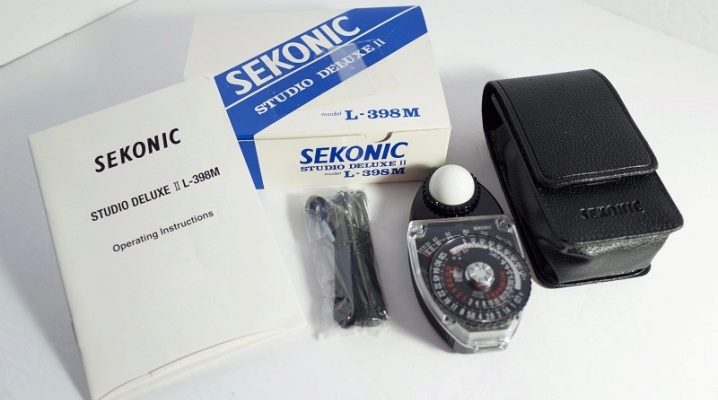
Any amateur photographer who has ever taken an interest in professional photography has heard of exposure meters. They are used by masters of their craft in order to take stunning pictures without resorting to the help of computer graphics.
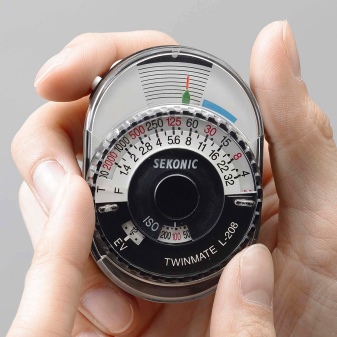
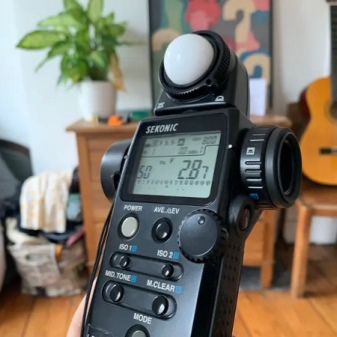
What it is?
A light meter, or photoexposure meter, is a special tool that helps a photographer determine exposure parameters such as sensitivity, shutter speed, aperture, and in some cases white balance. Roughly speaking, it improves the brightness and illumination of the image passing through the lens and makes recommendations for improving it. Even when working in a photo studio, it can be difficult to achieve perfect light in the frame. And to fix this, you need to constantly adjust the exposure. Well, in order to determine which settings should be changed, the exposure meter is used.
Of course, you cannot completely rely on his advice, because you often have to take pictures in different conditions, and sometimes even working with an exposure meter cannot replace photo retouching on a computer.
Exposure meters are purchased separately from cameras and can cost half the price of a camera. But due to the fact that this device does a really important job, this price is quite justified.
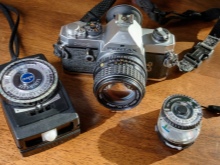

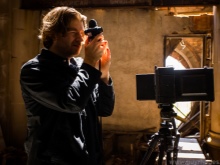
Views
At the time when exposure meters were just beginning to enter the everyday life of photographers, they were exclusively separate selenium instruments with an arrow and numbers. From them it was possible to understand how to adjust the brightness on the camera, but even for this it was necessary to use a special table.
They were mainly used to work with film cameras. Modern devices have become much easier to use, and most importantly, most of them can be operated both with cameras of old models, and with modern ones.
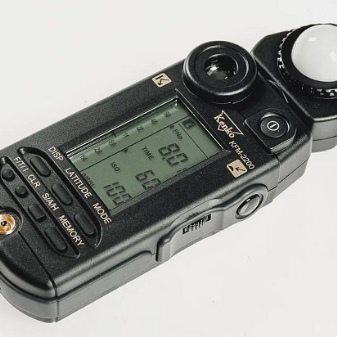
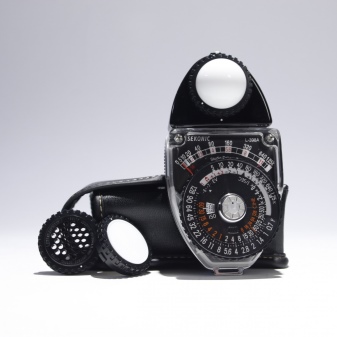
Built-in
Of course, most advanced cameras and even Android smartphones have built-in electronic exposure meters that display information directly on the device's screen or automatically adjust the indicators to improve the picture.
They also simplify or even completely automate the transition and setup of different shooting modes. These models are suitable for both amateur and professional photographers. However, the latter still prefer to purchase photographic exposure meters separately.
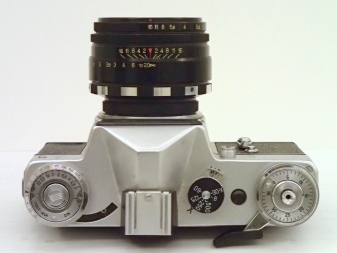
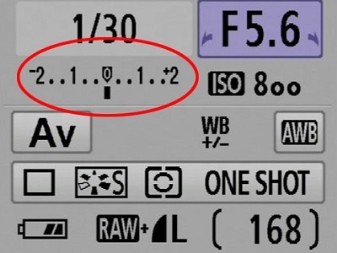
Manual
Although built-in exposure meters are much more convenient than manual ones, their accuracy leaves much to be desired due to the fact that they only catch reflected light through the lens of the camera itself, which does not provide complete data on each of the light sources separately. Therefore, professionals often choose less comfortable, but much more reliable handheld models. They are devices with a lens and a small display on which the measurement results are displayed, according to which the camera's exposure is adjusted.
The standard set of functions for a handheld exposure meter looks like this:
- the ability to determine the uniformity of lighting;
- measuring the incident light;
- measuring the amount of reflected light.
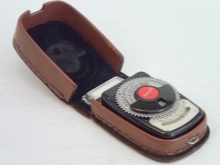
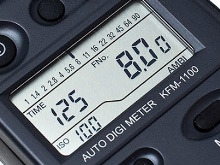
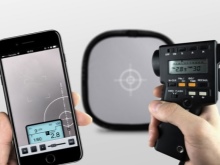
Popular models
How do you choose the right exposure meter for your specific needs? Below is a rating of both analog and electronic devices.
Analog
The most popular manufacturer of analog exposure meters is Sekonic. The line of its devices includes a variety of - both in functionality and cost - models. Let's list the most popular ones.
- L-208 TwinMate. This device is capable of measuring exposure to both incident and reflected light. Typically used by beginner photographers. And although the device looks more like a toy, it has many advantages, such as, for example, high measurement accuracy, compactness, the ability to record indicators after measurement. And all this, combined with the convenience of mounting on a tripod and the low price, makes it a good starting option.
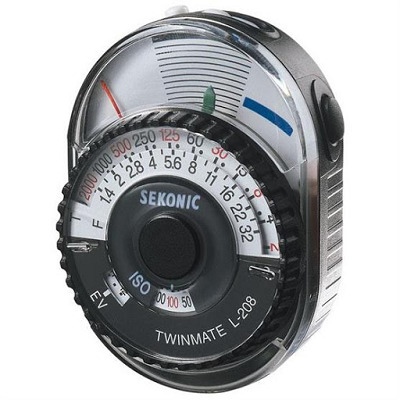
- L-398A Studio Deluxe III. This model has become popular among filmmakers due to its ability to measure the amount of light not only on flat, but also on three-dimensional objects, which is indispensable if you need to shoot an object from different angles without changing the composition. It is equally convenient to use both in studio shooting and outdoors with diffused lighting.
But despite all its advantages, the device can scare off beginners with a high cost (around 12,000 rubles).
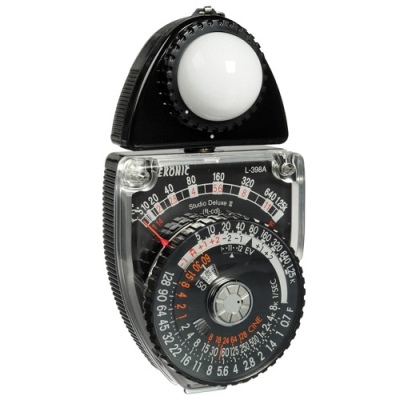
Electronic
Photoelectric exposure meters are often found in stores under the general name flash meters. In essence, they are considered an improved version of the classic devices due to their ability to work with pulsed light sources, while analog devices measure indicators of only static lighting.
Sekonic holds the bar for quality in manufacturing and electronic devices too. Especially from the assortment, it is worth highlighting two models.
- L-478D... This device is considered to be purely professional and is used mainly in the film industry and in video filming. It easily adapts to any camera and has a convenient color touch interface with the ability to manually enter the required parameters. Also, the advantages will be the ease of customization, the intuitiveness of the interface and the conceptual appearance. However, such a copy is not cheap at all - about 28,000 rubles.
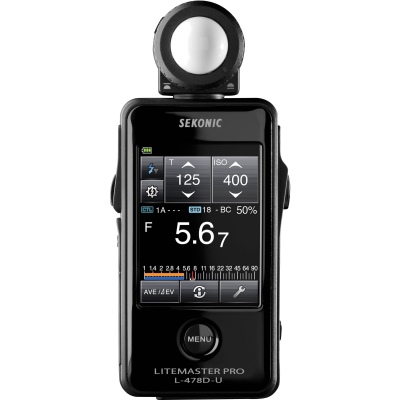
- L-758DR... This model, quite common among photographers, boasts a waterproof and dustproof housing, which makes it possible to use the device even in rainy weather. It is mainly used for reportage photography, landscapes or studio photographs. A nice bonus will be the ability to remotely control the flash and create built-in profiles for different types of shooting. However, such a flash meter will cost like a semi-professional camera - around 45 thousand rubles.
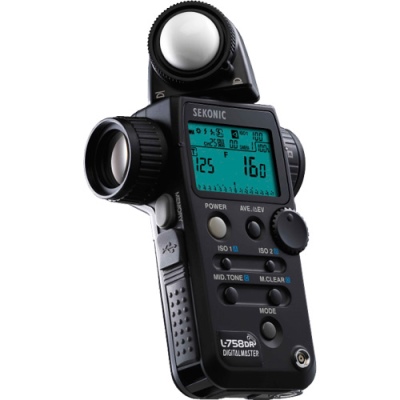
Also on the market you can find models from other manufacturers. For example, a popular device Kenko KFM-2200 Ex. This Japanese model is distinguished by its wide range of functions:
- the ability to calculate sensitivity, aperture or exposure based on two of the three entered parameters;
- high lighting power, measured in Lux;
- the presence of its own backlight;
- spot metering of brightness (only 1 degree);
- wired and wireless modes of operation;
- Possibility of exposure metering navigation.
The cost of the model is around 40 thousand rubles.

How to choose?
Although the range of exposure meters on the consumer market is not as large as we would like, each model is designed for its own specific purposes. Therefore, first of all, before buying, you should definitely decide whether you will use this device for photography or video shooting, indoors, outdoors. Or perhaps you need a versatile instrument. After that, you can define the price range.
If you are still a non-professional photographer or just decided to learn how to work with such tools, you should start with inexpensive models costing up to 20,000 rubles. Also, exposure meters are not often found in ordinary electronics stores, so most often you have to resort to buying a device via the Internet. This method is much more convenient, since there is a choice among a wide variety of models and manufacturers.

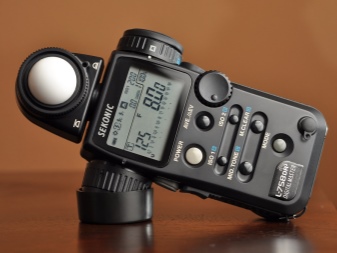
Application
We figured out the definition of the exposure meter, the types and the best models, but how do you use this device anyway? Turn on the device and place it near the subject. Expand it towards the main light source. This will allow you to most accurately determine the brightness and amount of all light falling on the object. Also, if you turn the exposure meter towards your subject, you can determine the amount of reflected light. This technique is also used by photographers, although it is considered less accurate than the one described above.
It should be noted that the closer the exposure meter is to the object, the smaller the measurement error will be, since for accurate determination the device must receive the most accurate amount of light information. Unfortunately, this is not always possible, and in such cases you should rely only on your own vision. When the exposure meter has determined all the necessary parameters, they are brought to an average value, but only the brightness and contrast of the image are affected. The colors themselves do not become more gray and dull.
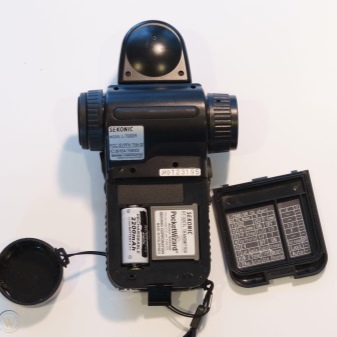

In the event that the photographer works with a lens on which a light filter is put on, a small error should be taken into account when taking readings from the device. Most of them affect the light intensity in the photo to varying degrees.
Working with a light meter is a fascinating process of photography. He is able to turn ordinary shots into interesting, intense work, helps the master to develop his own vision and adjust indicators that are difficult to determine by eye. Modern exposure meters are compact and easy to use, and many professional cameras and even smartphones already have a built-in software interface that can replace a handheld device in some types of photography.
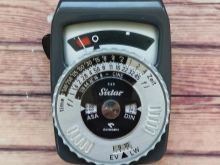
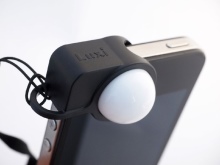
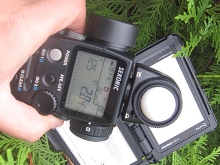













The comment was sent successfully.